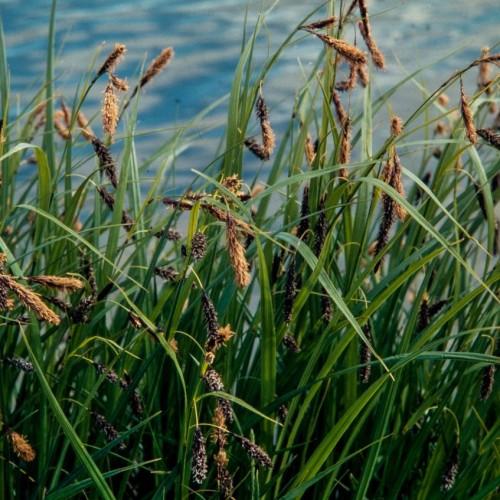
Lyngbye's Sedge
Carex lyngbyei
Watering:
Minimal
Hardiness Zone:
Sun:
full sun,part shade
Leaf:
Yes
Growth Rate:
Low
Drought Tolerant:
Yes
Salt Tolerant:
Yes
Care Level:
Medium
watering
Woodrush Sedge should be watered 2 to 3 times a week, depending on your climate. It is best to water your plant deeply but infrequently, rather than shallowly and often. Generally, it is best to wait until the soil has dried out visibly before re-watering. To provide the most water to your Woodrush Sedge, water it in the morning and/or evening. Water until the soil is saturated but not soggy. Be sure to water the soil and not just the foliage.
sunlight
Woodrush Sedge is a robust plant species native to the United States that requires full sun to partial shade to thrive. It prefers moist to wet soils that are high in organic matter with moderate to regular watering and can tolerate minor flooding. It performs best in full sun, 4-6 hours of direct sunlight per day, but can also tolerate partial shade as long as it still receives at least 3 hours per day of direct sunlight. During the summer months, when the days are longer, Woodrush Sedge should receive at least 6 hours of direct sunlight each day for optimal growth.
pruning
Woodrush Sedge (Carex luzulina var. luzulina) should be pruned twice a year, once in late winter and again in midsummer. Prune in late winter to remove dead foliage and thin stems. This will help promote vigorous new growth. Prune again in midsummer, trimming off any excess growth and encouraging the plant to grow more thickly. This will help create a fuller plant and suppress weeds. Snipping off any blooms at the tips of the stems can also encourage further flowering. Use sharp pruners to get a clean cut and avoid any damage to the stems.
